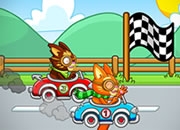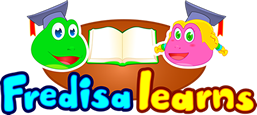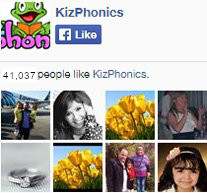Sight Words Monkey Game, Adverbs, Articles, for PreK & K
Sight Words, Adverbs, Articles
a, here, not, the, up, very, yes
Sight Words are words that students must memorize and know by heart. These words usually do not respect the rules of phonics. Another common feature of sight words is that they are most often high frequency words.
Boosting Literacy Skills with Sight Words for Preschoolers
The early years of a child’s education are the formative years, and literacy skills are one of the many critical skills developed during this time. Sight words for preschool, also known as sight words prek, play a significant role in honing these literacy skills. In this guide, we delve into the world of sight words, specifically designed to assist preschoolers, to help you understand their importance and methods to teach them effectively.
Table of Contents
Understanding the Importance of Sight Words
The Role of Sight Words Prek in Literacy
Tips for Teaching Sight Words
Interactive Tools for Learning Sight Words
FAQs
Understanding the Importance of Sight Words
Sight words, often referred to as high-frequency words, are words that appear most frequently in our reading and writing. Learning these words provides preschoolers with a foundational understanding of the English language, thereby improving their reading and writing skills.
Boosting Reading Fluency
One of the most significant benefits of learning sight words is the noticeable improvement in reading fluency. As these are words that occur frequently, children who can recognize them 'by sight' can read more smoothly and quickly.
Enhancing Comprehension Skills
Sight words often serve as connective tissue that holds sentences together. Recognizing these words instantly aids in faster reading and better comprehension.
The Role of Sight Words Prek in Literacy
The pre-kindergarten years are crucial for a child's overall academic development. Focusing on sight words during this stage has long-lasting benefits.
Building a Strong Vocabulary Base
Learning sight words at the preschool level helps children to build a robust vocabulary base, which is essential for learning other subjects in later years.
Developing Cognitive and Linguistic Skills
At the preschool level, learning sight words is more than just rote memorization. It also contributes to the development of cognitive and linguistic skills like pattern recognition and associative learning.
Tips for Teaching Sight Words
Teaching sight words for preschool does not have to be a monotonous process. There are many fun and interactive ways to make the learning process more enjoyable for your little one.
Flashcards
Flashcards with sight words can be a valuable teaching tool. These can be used for various activities, from simple recognition exercises to more complex matching games.
Frequent Repetition and Review
One of the best ways to reinforce learning is through frequent repetition and review. This could be done through daily practice sessions or by incorporating sight words into daily activities and conversations.
Engage with Real-world Examples
Use sight words in real-world contexts to help your child understand their applications. For example, while reading a book or doing a grocery shopping list, point out sight words like 'and,' 'the,' 'is,' etc.
Interactive Tools for Learning Sight Words
Incorporating interactive tools can make learning sight words an enjoyable experience. Here’s a recommendation to start you off:
Online Sight Words Games
Interactive online games designed specifically for sight words can be an excellent way for children to learn while having fun. Check out some engaging sight words memory games here.
FAQs
Why are sight words important for preschoolers?
Sight words are essential for preschoolers because they appear frequently in our language. Learning these words helps in improving reading fluency and comprehension skills.
What age is appropriate for learning sight words?
The appropriate age for learning sight words can vary, but generally, children in pre-kindergarten (ages 4-5) can begin formal sight words education.
How can I teach sight words to my preschooler?
You can teach sight words using flashcards, frequent repetition, and engaging with real-world examples. Interactive online games can also be highly effective.
Where can I find interactive games for sight words?
You can find interactive sight words games here, designed specifically for pre-kindergarten and kindergarten levels.
How many sight words should a preschooler know?
The number of sight words a preschooler should know can vary, but generally, aim for at least 20-50 sight words by the end of the pre-kindergarten year.
In summary, sight words play a vital role in a child's early literacy development. They lay the groundwork for reading fluency, enhance comprehension skills, and contribute to building a strong vocabulary base. Teaching sight words prek can be an engaging and enriching experience when done through interactive tools and games, making the process enjoyable for both you and your child. Start this fascinating journey of words today and set the stage for academic success!








